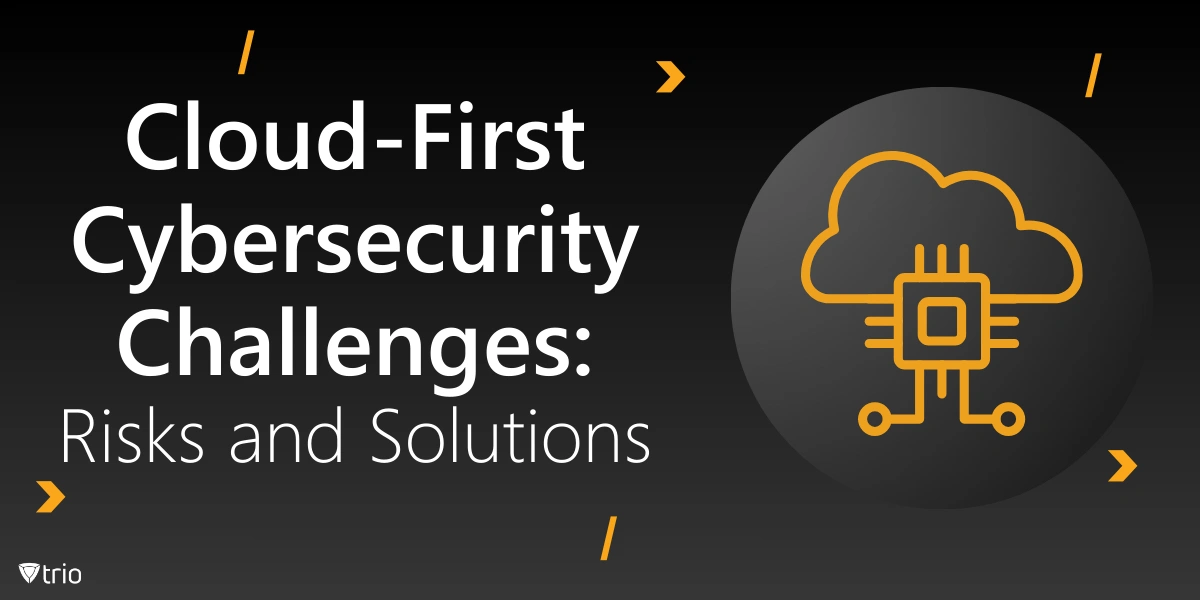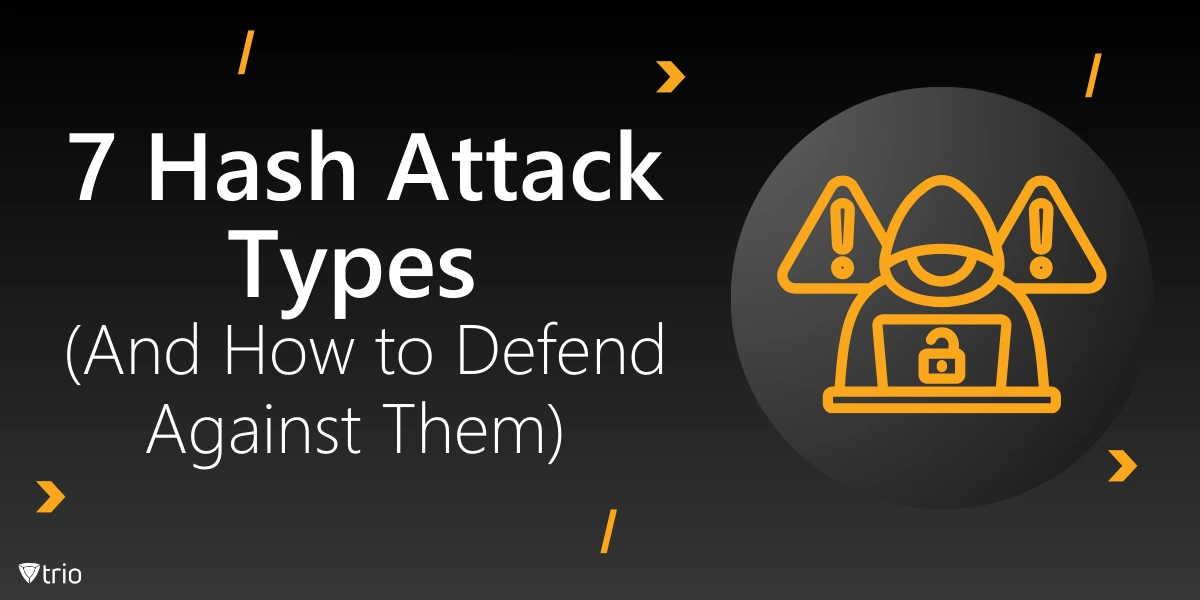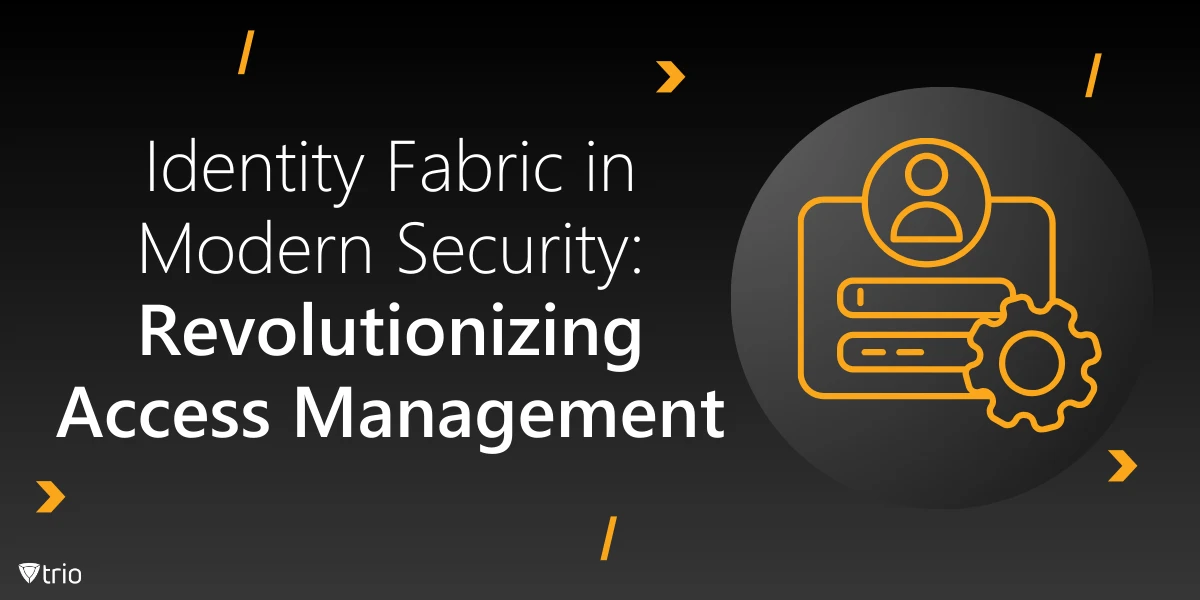In the world of software development, two widely used concepts are CRUD (Create, Read, Update, Delete) and REST (Representational State Transfer). While these terms are often used interchangeably, they serve different purposes and are essential for developing scalable and efficient web applications. This blog dives into a CRUD vs. REST comparison, how they compare, and why understanding both is crucial for developers, especially when building robust APIs and web applications.
What is CRUD?
CRUD represents four fundamental functions for managing data in applications. CRUD operations—Create, Read, Update, and Delete—form the foundation of any data-centric application. CRUD is the bedrock of relational databases, enabling developers to perform basic operations on a database table or a resource.
- Create: Adding new records to a database. For example, creating a new user account in a system.
- Read: Retrieving data. This is often a query operation to retrieve a specific user or data from a table.
- Update: Modifying an existing record, such as updating a user’s email address.
- Delete: Removing a record from the database, like deleting a user profile.
These actions directly relate to SQL statements like INSERT (Create), SELECT (Read), UPDATE (Update), and DELETE (Delete), commonly used in relational databases.
REST: An Overview
REST, or Representational State Transfer, is an architectural style for designing networked applications. Roy Fielding introduced REST in 2000 as a stateless communication model, providing a standardized way to build web services. RESTful APIs leverage HTTP requests to perform various operations on resources, utilizing HTTP verbs—GET, POST, PUT, DELETE, PATCH, etc.—to align with CRUD functions.
- GET: Retrieves data from the server, similar to Read in CRUD.
- POST: Sends data to the server, aligning with Create in CRUD.
- PUT: Updates an entire resource, mapping to Update.
- PATCH: Updates parts of a resource, a granular form of Update.
- DELETE: Removes data from the server, corresponding to Delete in CRUD.
REST APIs are designed for scalability and flexibility, ensuring applications can evolve without breaking existing functionalities. REST performance is stateless, meaning each request from a client contains all necessary information, enabling load distribution across servers.
Key Differences Between CRUD and REST
Though they share similar functions, CRUD and REST operate at different levels and serve distinct purposes:
1. Data vs. Resource Focus
- CRUD: Primarily data-centric, focused on performing actions on data within databases or data storage systems.
- REST: Resource-centric, focused on manipulating resources (e.g., user profiles, orders) via HTTP requests, allowing data to be represented in different formats (JSON, XML).
2. Scope of Use
- CRUD: Operates within applications, often interacting directly with databases.
- REST: Broadly applied in web services and APIs, enabling communication between applications across networks.
3. Protocol Dependency
- CRUD: Not bound to any specific protocol or transport method.
- REST: Based on HTTP, which is the foundation of the web. REST APIs follow the HTTP protocol, making them accessible over the internet.
4. Granularity
- CRUD: Relatively straightforward, with no hierarchical structure, it performs isolated operations on data.
- REST: Allows nested resources, letting clients request specific subsets of data through URI structuring, which can support hierarchical relationships and more granular resource control.
5. State Management
- CRUD: Typically retains application state information, as data transactions can persist through sessions.
- REST: Stateless by design, each request stands alone with all the necessary information, increasing scalability and reducing server-side complexity.
6. Flexibility
- CRUD: More rigid and directly tied to database operations, offering limited flexibility in representing data.
- REST: Allows for varied representations (JSON, XML, etc.) and can evolve independently of underlying data structures.
7. Error Handling
- CRUD: Error responses often depend on database exceptions (e.g., integrity constraints).
- REST: Utilizes HTTP status codes (e.g., 404, 403) for standardized error handling, improving communication clarity.
CRUD Operations in REST
CRUD operations often map directly to RESTful actions. Here’s a breakdown of how CRUD aligns with REST:
- Create (CRUD) / POST (REST): A POST request to a REST API creates a new resource, such as registering a new user. POST requests typically contain data in JSON or XML format, which is then stored in the backend database.
- Read (CRUD) / GET (REST): A GET request retrieves data from the server without modifying it. It’s often used to fetch user profiles, lists, or any existing resource details.
- Update (CRUD) / PUT & PATCH (REST): PUT is generally used to update an entire resource, replacing all current data with the new input. PATCH allows partial updates, only modifying certain fields of the resource.
- Delete (CRUD) / DELETE (REST): The DELETE method removes resources and deletes data on the server.

Common Use Cases for CRUD and REST in Application Development
CRUD and RESTful APIs are indispensable in modern application development. Here are some common use cases for each:
CRUD in Application Development
CRUD is foundational for applications with database interactions, such as:
- Content Management Systems (CMS): Users can create, update, delete, and view content entries.
- E-Commerce Systems: CRUD operations facilitate managing products, orders, and customer data.
- User Management Systems: CRUD operations handle user profile information, allowing admins to add, edit, delete, or view user details.
REST in API Development
REST APIs are widely used to enable communication between distributed systems. Common RESTful applications include:
- Social Media Platforms: REST APIs allow users to post, retrieve, update, and delete content, all while adhering to HTTP standards.
- IoT Applications: REST APIs facilitate communication between IoT devices and remote servers for data collection and device management.
- Mobile Applications: REST APIs enable backend interactions, allowing mobile apps to access data and services on the server.
Choosing Between CRUD and REST
Determining when to use CRUD versus REST depends on your project requirements and IT compliance requirements.
- Choose CRUD when working primarily within a database layer and your focus is data management rather than resource accessibility.
- Opt for REST if you’re building APIs for broader web or mobile applications where communication over HTTP and stateless transactions is necessary.
Advantages and Disadvantages of CRUD and REST
Here are the pros and cons of CRUD and REST comparison with examples:
CRUD Advantages
- Simplicity: Basic, straightforward operations.
- Database-Centric: Perfect for applications heavily reliant on database transactions.
CRUD Disadvantages
- Limited Scalability: CRUD operations are stateful and may not scale well for distributed systems.
- Protocol Dependence: CRUD doesn’t inherently work over HTTP, requiring adaptation for web-based applications.
REST Advantages
- Flexibility: Supports multiple representations (e.g., JSON, XML).
- Scalability: Stateless architecture makes it easier to scale across distributed systems.
REST Disadvantages
- Complexity: More complex to design and implement than CRUD, especially with nested resources.
- Dependency on HTTP: REST relies on HTTP, which might not suit every application’s need.
Conclusion
Both CRUD and REST are foundational concepts in software development, serving distinct but complementary roles. While CRUD offers simplicity in data manipulation, REST provides the structure needed for scalable, web-friendly APIs. Understanding when to leverage CRUD’s simplicity and when to employ REST’s flexibility enables developers to design more efficient and responsive applications. With Trio’s Mobile Device Management solution, managing digital resources becomes seamless, providing a reliable way to handle devices and data with ease. Try Trio’s free demo and see how we bring simplicity and efficiency to your organization.
Know about news
in your inbox
Our newsletter is the perfect way to stay informed about the latest updates,
features, and news related to our mobile device management software.
Subscribe today to stay in the know and get the most out of your mobile
devices with our MDM solution app.
Recent Posts
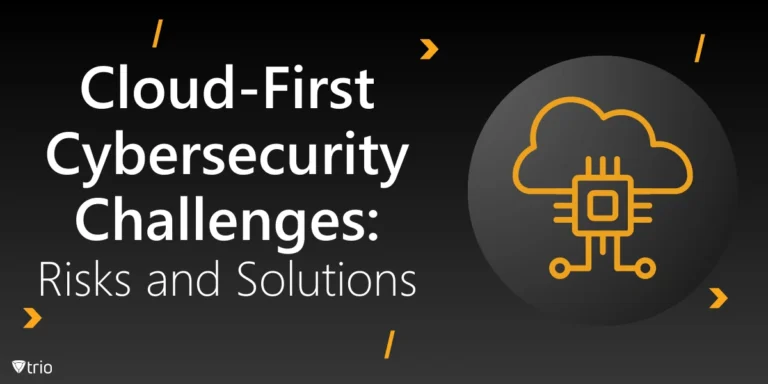
Cloud-First Cybersecurity Challenges: Risks and Solutions
Learn about cloud-first cybersecurity challenges and discover effective strategies to secure your cloud environment, including IAM, Zero Trust, and more.
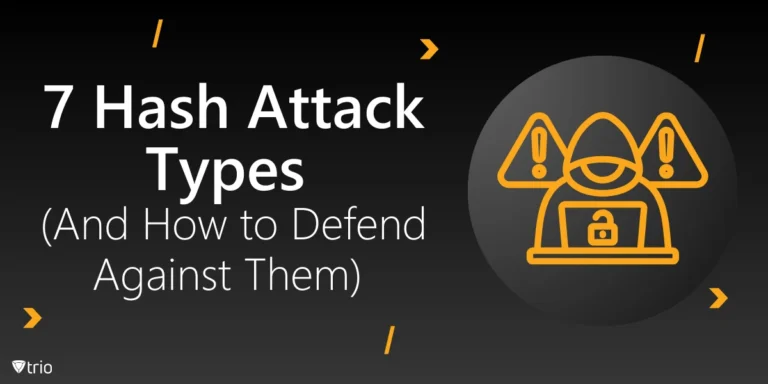
7 Hash Attack Types (And How to Defend Against Them)
Do you know the hash attack types targeting your organization’s data? This guide explains seven attacks and how to fortify your defenses.
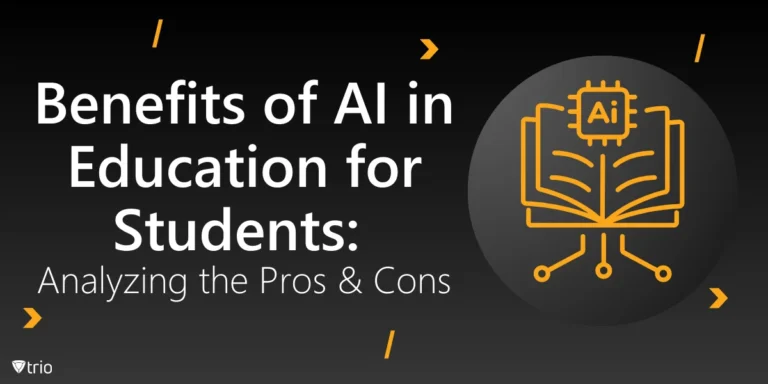
Benefits of AI in Education for Students: Analyzing the Pros & Cons
The transformative benefits of AI in education for students, from personalized learning to enhanced accessibility, while addressing potential challenges.

